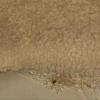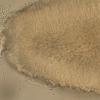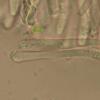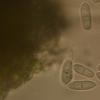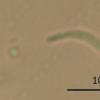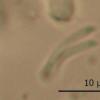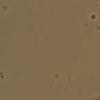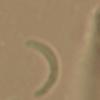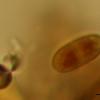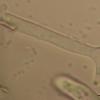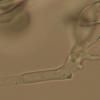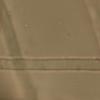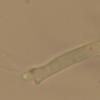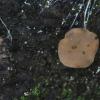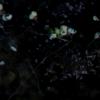
25-11-2025 14:24
Thomas Læssøehttps://svampe.databasen.org/observations/10490522

25-11-2025 11:03
Mick PeerdemanHi all,One of my earliest microscopy attempts, so

24-11-2025 15:23
Arnold BüschlenHallo, auf einer offenen Kiesfläche am Rande ein

23-11-2025 11:16
Bohan JiaHi, I found small discs growing on dead stem of

21-11-2025 10:56
 Christopher Engelhardt
Christopher Engelhardt
Very small (~0,5 mm) white ascos, found yesterday
Orbilia auricolor
Zuzana Sochorová (Egertová),
25-06-2022 21:26
 Hi forum,
Hi forum,are there any doubts this is Orbilia auricolor?
Apothecia pale orange, sessile, without hairs or glassy processes, up to 2 mm in diameter.
Ascospores 7.7-10 × 1-1.3 µm, curved, tapered at one pole. SBs globose or tear-shaped, 0.8-1.4 × 0.6-0.9 µm.
Conidia 1-septate, 15.5-19.2 × 5.5-6.2 µm.
Asci 8-spored, up to 46 × 3.9 µm, base T- or H-shaped, apex truncate.
Paraphyses capitate, terminal cell 20-30 × 2.5-4.2 µm.
On a twig of a broadleaved tree, Moravia.
Thank you, Zuzana
Hans-Otto Baral,
25-06-2022 21:49

Re : Orbilia auricolor
Hi Zuzana
you have no macro?
The apos are very typical, but only with the anamorph the species can be tried to identify.
The conidia remind us of O. cladodes, but they are narrower than usual. Drechlser's cladodes has conidia *(11-)13-16.5(-18) x (6.2-)7-8(-8.8) µm. Did you see the conidiophores?
Zotto
Zuzana Sochorová (Egertová),
25-06-2022 23:03

Re : Orbilia auricolor
Hi Zotto,
I took photos of apothecia, but they are at a card which is inside a camera Michal took with him for an excursion this weekend. I will show them tomorrow.
I can see conidiophores, although mostly without conidia - they release when I put the cover glass on the mount.
Zuzana
I took photos of apothecia, but they are at a card which is inside a camera Michal took with him for an excursion this weekend. I will show them tomorrow.
I can see conidiophores, although mostly without conidia - they release when I put the cover glass on the mount.
Zuzana
Hans-Otto Baral,
26-06-2022 18:04

Re : Orbilia auricolor
Ah, then it is clear with the conidia. This would be interesting to culture and see if the conidia in culture come out just as those on the substrate. Finally, a sequence would clarify the identity.



